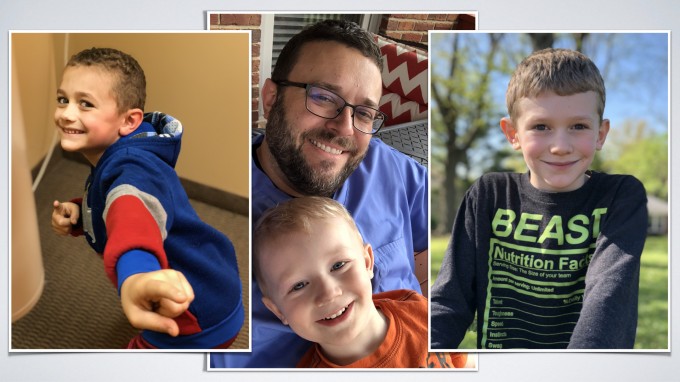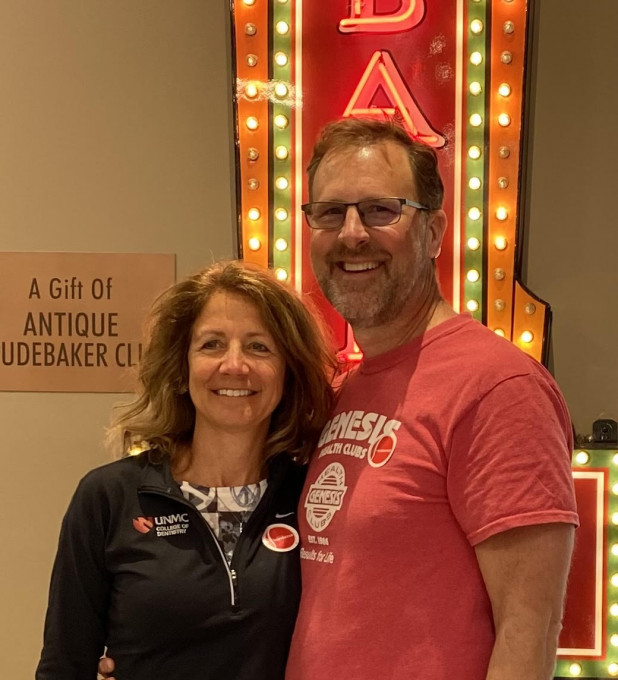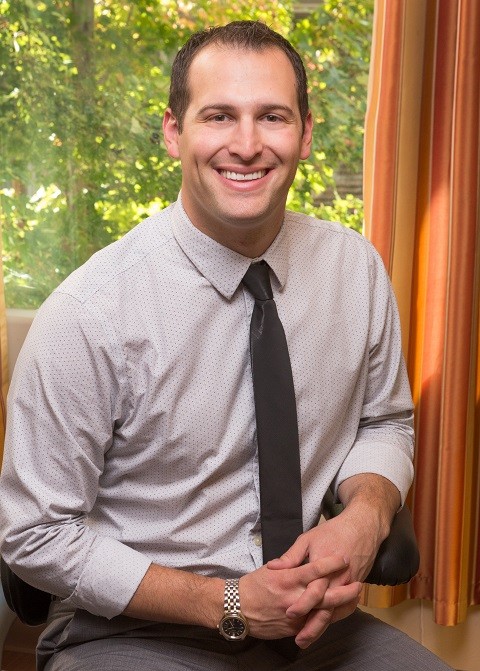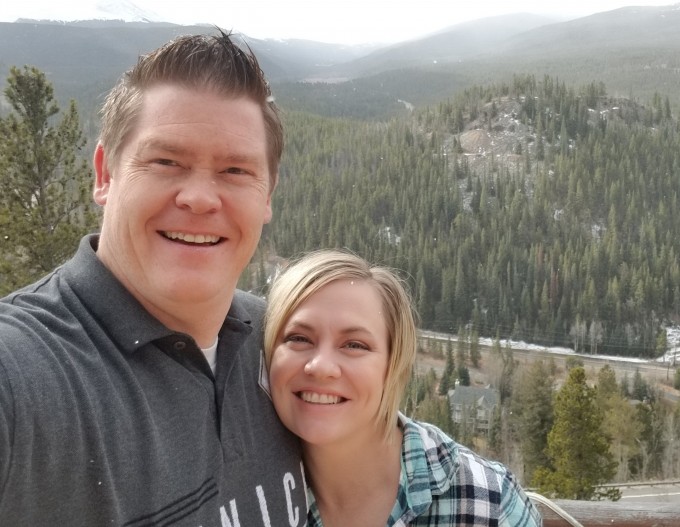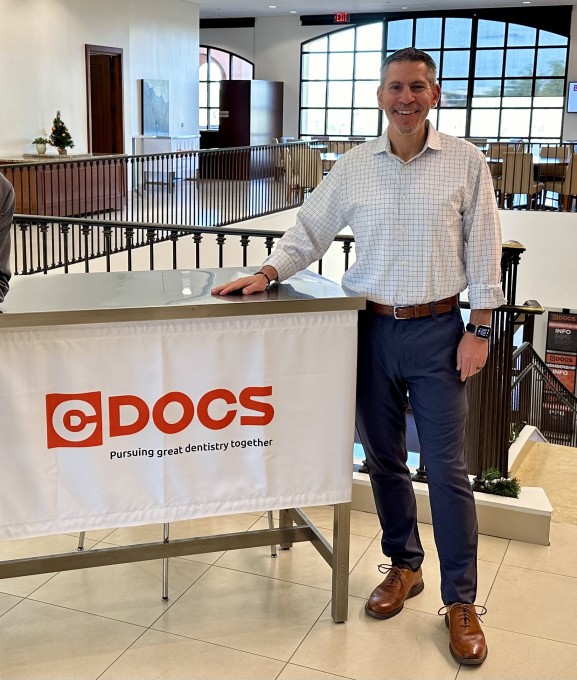Oh, SNAP!
I love being a dentist most of the time. The times I don't? Saturday afternoon is one. We all get these calls: "I broke a piece of tooth off and my filling came out! My tooth hurts every time I breathe or drink something! Can you help?"
"No," you think to yourself, because you'd rather play with your kids or go golfing, but being a decent human being, you say "yes" to the guy instead and head to the office to help a person in need.
Here's the situation: He's broken the mesiobuccal cusp off his maxillary first molar and lost the filling, exposing a deep prep and a liner. After cleaning things up a bit and refining the prep he looks like this:
Here's one of my favorite uses for HT emax: partial coverage restorations in molars. It's esthetic and strong and bonds really well to the tooth. After a very short milling cycle (about 6 minutes), it takes only 2 or 3 minutes to characterize it and get it in the oven for its firing cycle. It's very important to be careful with application of glaze in these cases, should you choose to do so as I did; sloppy application can lead to difficult to clean sharp glaze edges after firing that can resist seating. I would probably polish only if I were to do this case again. Here's what it looked like out of the oven in this case:
We all have religion when it comes to how we choose to bond our restorations. I switched to Peak Universal from Ultradent years ago (well before my CEREC journey began) when patients started asking me about BPA in my bonding agents, and Ultradent gave me the clearest answer on this. I wanted to use a cement system from the same manufacturer as my restorative material, and the good people of Ivoclar said they were comfortable with me using Peak Universal with their bonded resin cements, so I have done so without complication for the last 7 years or so. This case was one of the last Multilink cases I did before switching to Variolonk Esthetic. You can see it is still esthetic, but it was more difficult to clean up excess cement than the newer generations.
So the moral of the story? I spent less than an hour making this patient whole, provided a great service and great patient experience without a huge time investment, and this last one makes my wife happy. Hard to calculate the ROI on that one. I might not always like being a dentist when it cuts into my personal time, but I ALWAYS love what CEREC has done for me, my practice, and my patients!
Nice job JB! I agree that those sat/sun calls are a little less stressful and much quicker since having Cerec, We all go in because its the right thing to do, Still rather stay on the golf course though!
Even on a regular day, converting an emergency to a completed crown is very satisfying for everyone involved! Nice work!!
Nice job! Always makes you feel good! Out of curiosity did you bill as a composite or inlay? Always my biggest dilemma!
On 8/16/2018 at 1:20 pm, Penelope Chang said... Nice job! Always makes you feel good! Out of curiosity did you bill as a composite or inlay? Always my biggest dilemma!
That's a ceramic onlay, all day long!! (For John Yu!!!)
Bill what you do, do what you bill
Yes, that would be a 3 surface ceramic onlay in my practice.
Love the work and the story behind it. Personally, on a Saturday, I'm using a hybrid like Cerasmart or others to just polish and run. The extra 20 minutes to stain and glaze emax would kill me. Can't argue with the result though. Nice.
Thanks Bob; I also frequently use hybrids for these cases as well, and also love Cerasmart. You make an excellent point about that workflow, which begs another question: do you bill the cerasmart restoration as a composite or ceramic?
I am curious how you all handle the after hours calls, do you work alone or require a staff member to come in to setup/assist/cleanup, and (esp. for male dentists) be a witness when female patients are treated? Often the actual treatment is quick, it is checking someone in, updating the med Hx in the computer, and getting the instruments processed and in the sterilizer so dirty stuff is not laying around when the cleaning service comes in.
Nice work Jeremy! I also call these ceramics even though I prefer Cerasmart for partial coverage. I love the speed of processing for those, especially on a "squeeze you in" kind of emergency. Those Kentuckians are lucky to have you around!
On 8/17/2018 at 8:07 am, Jeremy Bewley said... Thanks Bob; I also frequently use hybrids for these cases as well, and also love Cerasmart. You make an excellent point about that workflow, which begs another question: do you bill the cerasmart restoration as a composite or ceramic?
Awesome work JB!
By definition, all of the hybrid materials (Cerasmart, Lava Ultimate, etc.) are classified as ceramic and should be billed as such. The true composite blocks like paradigm, would be billed as a composite.
Thanks guys! I’m a big believer in billing out correctly for what we do, but the onlay/inlay conundrum confounds many practices. I’m playing devils advocate with these questions about ceramic vs composite: A question I get from a lot of folks is what about those PPO plans (assuming you’re in network) where your ceramic onlay gets downgraded to a composite? Do you just accept that and move on? Do you petition them to allow an alternate benefit? If so, is this likely to work and is it worth the time? Is it better to give up on trying to get a reimbursement for a ceramic restoration and simply charge the patient a block fee? Is that even proper to do? Is there a “best practices” for this situation, other than to advise simply dropping participation?
For some of our 3-4 surface onlays, we simply bill a crown. My office manager got tired of having them rejected and since then we haven’t had the same problems. It’s not many that we do this but it became a real aggravation and I was paying her and others to do these things over and over. We are mostly ffs so it had nothing to do with in network. Insurance companies are simply stupid and blind to the fact that an onlaynis a quality restoration.
On 8/20/2018 at 10:12 am, Jeremy Bewley said... Thanks guys! I’m a big believer in billing out correctly for what we do, but the onlay/inlay conundrum confounds many practices. I’m playing devils advocate with these questions about ceramic vs composite: A question I get from a lot of folks is what about those PPO plans (assuming you’re in network) where your ceramic onlay gets downgraded to a composite? Do you just accept that and move on? Do you petition them to allow an alternate benefit? If so, is this likely to work and is it worth the time? Is is better to give up on trying to get a reimbursement for a ceramic restoration and simply charge the patient a block fee? Is that even proper to do? Is there a “best practices” for this situation, other than to advise simply dropping participation?
You previously stated, "bill what you do, do what you bill." your statement provides the answer to the the question above. when discussing the downgrade with the pt, I have a DSLR pic of the tooth to be restored on the big screen. "Mrs. Jones, we've previously discussed restoring your tooth with an Onlay. We discussed how it's the most conservative option as a good portion of your teeth is healthy...you don't 'need a crown.' Sadly, your benefit plan refuses to cover this option. So now I need you to make a decision. I can either restore your tooth conservatively as we discussed with a higher out-of-pocket or I can drill more of your teeth away and place a crown. What would you like me to do?"
I've had pts see the benefit of Onlays with this approach & how 'dental insurance' really isn't...that they have a choice ...that their plan may not have their best interests in mind. Either way, I bill what I do and do what I bill. ;)


